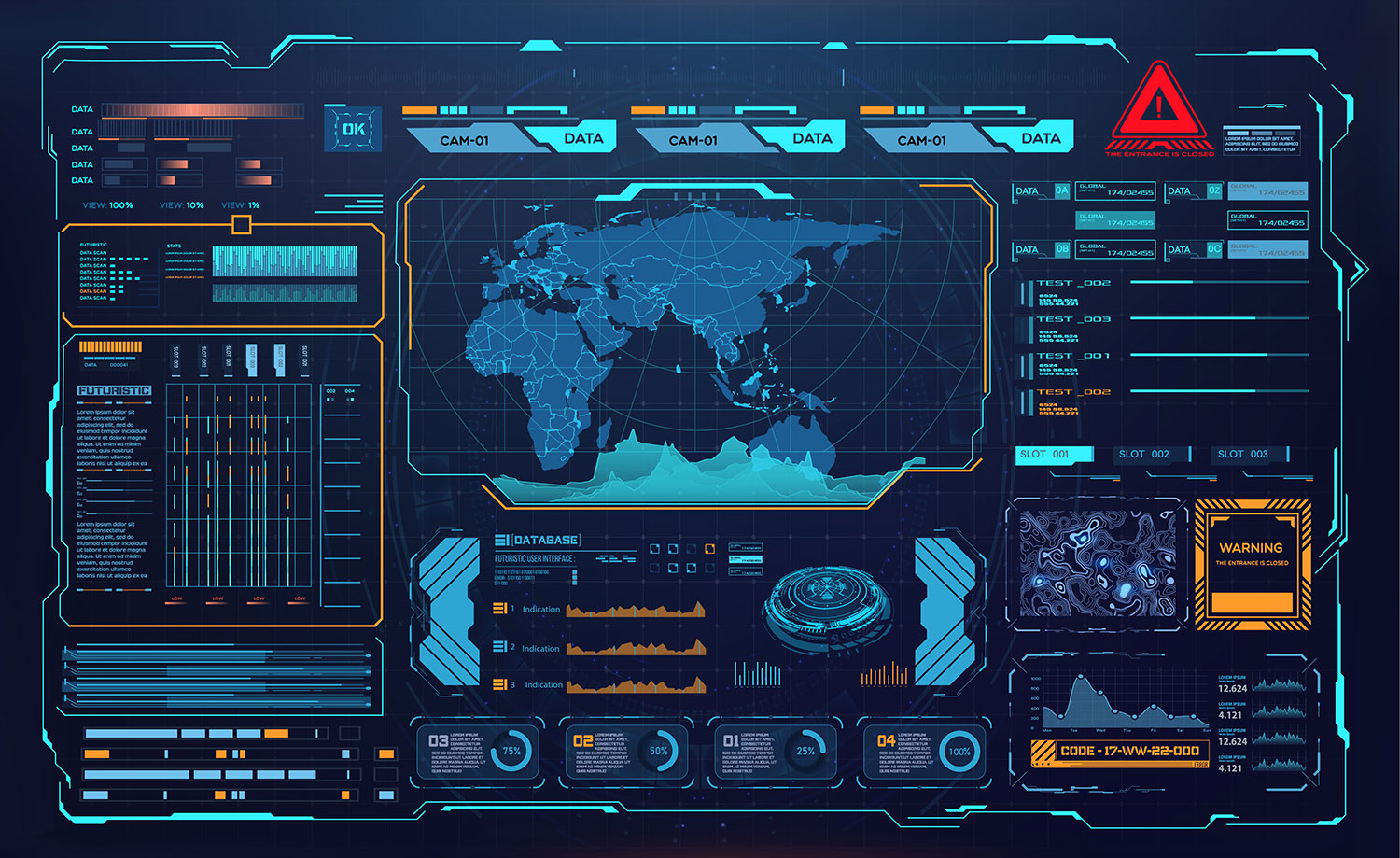I recently attended a webinar and was presented with a stunning comment by one of the presenters who stated, “Getting a global picture of the container journey is still not possible. We are not there yet in the visibility space. There are still a lot of gaps.” His comments were reinforced by another presenter who lamented the fact that “out of gate” (or terminal) data visibility does not exist in today’s dashboard tools.
Yet, as reported by Eric Johnson in the Journal of Commerce on May 26, 2023, over $1.4 billion has been invested in global in-transit visibility systems, all of which have significant limitations in providing timely and accurate data.
So, where is the solution and how are all these data gaps to be addressed? How do we get to a point and place in time when the global picture of the container journey, including the two most risk-intense sections, the before terminal gate and after terminal gate, are addressed in real time? The next generation of security technology is just around the corner. It is vital to act now or risk getting left behind in the cloud of data uncertainty.
It is important to find a solution that pushes notices of events and alarms to users and other stakeholders as they occur across the global supply chain. These notices must be in near or real time with a location and time record, along with a photo/picture to accompany the intrusion at the container door. The most important part of a security program is real-time and accurate visibility based on location. But also of importance is the ability to obtain accurate reporting of inactivity or dwell time within the supply chain; this knowledge can assist in eliminating or reducing unnecessary detention and demurrage fees. A system that can protect and actively track goods throughout the entire supply chain will allow users to better manage transit times and improve container/device utilization, which will provide opportunity for higher revenues on each additional global turn.
Times are changing, and technology and communications now support a global in-transit visibility solution that is accompanied by proof of security on both the container and the contents. This proof is delivered to your User Interface/App in real time with a report that identifies all containers (most recent older alarms with maps/location and date/time) that have been idle or at rest for a selected period of days so you can remedy any delays or solve dwell times with vendors. This fulfills the circle of visibility and creates Visibility as a Service (VAAS) in tomorrow’s global shipping systems.
Many of the current market systems are limited to GPS or cellular networks. Disruption Tolerant Networking (DTN) offers a much better solution. Originally funded through a partnership between DARPA and NASA, DTN was developed with a set of network concepts and protocols to provide highly reliable communications in a delayed and disrupted environment – one in which broken links, slow data rates, and high delays are assumed as characteristics of the environment and not unusual failure cases. It’s a perfect fit for global container tracking as the network configures itself to support real-time or near real-time communications.
The Bloodhound Tracking Device solves your VAAS problem and relieves you of a monthly subscription for the array of dashboard services you pay for to keep up with your fleet of containers or global supply chains. It offers the following vital solutions:
- Real time, in-transit visibility.
- Security visibility in transit (even at the bottom of a stack where the container cannot “see the sky”).
- Alarms and alerts when specific thresholds inside the container are exceeded.
- Intrusion detection and alarms/alerts in real time.
- Sensors for temperature, humidity, volatile chemicals, CO, CO2 and light.
- Dwell time or inactivity reporting when boxes or loads are idle.
- Maps, routes, and date/time reports available on demand or on schedule.
- Global communications using DTN for real-time or near real-time notification.
- Low monthly lease program and two-plus years of battery life.
Shippers or carriers who want to test the device should sign up today for the initial field device trials that will start in June 2024. Test the units, test the communication protocols, and test the device in the real world and participate in the upgrades before full production starts in the third quarter of 2024.
Contact Bloodhound for a Demo at 281-332-1795 Ext. 630 or email s.schellenberg@btdtracker.com and Curtis.spencer@btdtracker.com

